This post may contain affiliate links. Please read the disclosure for more info.
Are you struggling to fit healthy eating into your daily routine? Do you find yourself reaching for the snack cupboard instead of the vegetable drawer when you get home? When you’re exhausted after a long day of work, the last thing you want to do is plan out, prepare, and cook a well-balanced, healthy dinner. But when you realize that you just justified eating half a bag of corn chips (grain – so carbs, right?) with salsa (totally has vegetables in it) and a handful of peanuts (protein and fat) for dinner, it’s probably time to make a change.
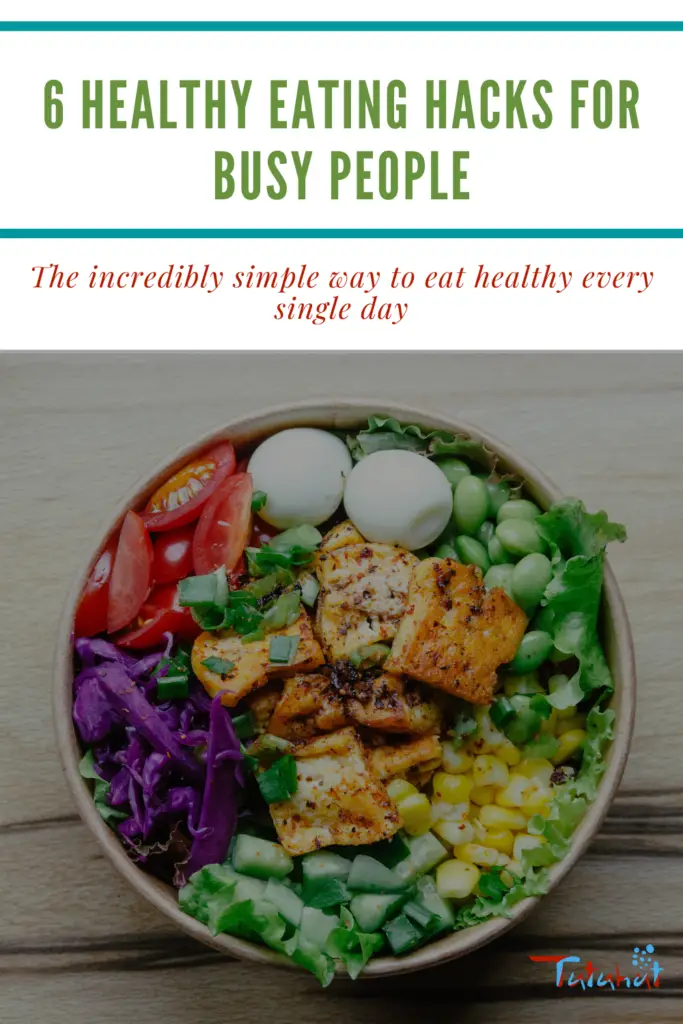
One of the most effective ways to keep yourself on track, just as with almost every area of life, is to plan ahead. Meal planning and meal prep are the best ways to make yourself feel more confident, healthy, and at home in the kitchen. Here are just a few ideas to make healthy eating easier:
-
Plan your meals before you shop. MAKE A LIST.
This is a big one. If you wander into the grocery store without a plan, it’s tough to turn your resulting impulsive buys into a meal when you get home. How many times have you stared at all of the random things in your refrigerator and just felt overwhelmed? The internet is abundant with free recipes – look through some of them while you’re unwinding in front of the TV, and then make a list of the things you’ll need. Not only does this make healthy cooking more manageable, but it also reduces food waste by ensuring that you only buy what you need. Furthermore, it keeps you from loading up 75% of your cart with chips, crackers, cookies, and all the other snacks you might be craving at the moment.
-
Invest in some good-quality glass containers.
Yes, glass containers are heavier and a little bulkier, but they also have a lot of benefits. First of all, they are easier to clean. Plastic containers often absorb strong smells and oils, which means your fresh watermelon might end up tasting like the curry you prepared last week. Secondly, many of them are microwave-safe and even oven-safe. This makes reheating meals easy, and as a bonus, there are fewer dishes to clean after. Thirdly, if you are someone who worries about the chemicals that could potentially leech out of plastics into your food… no worries here! And lastly, they simply last much longer than plastic containers (if you don’t have butterfingers, that is).
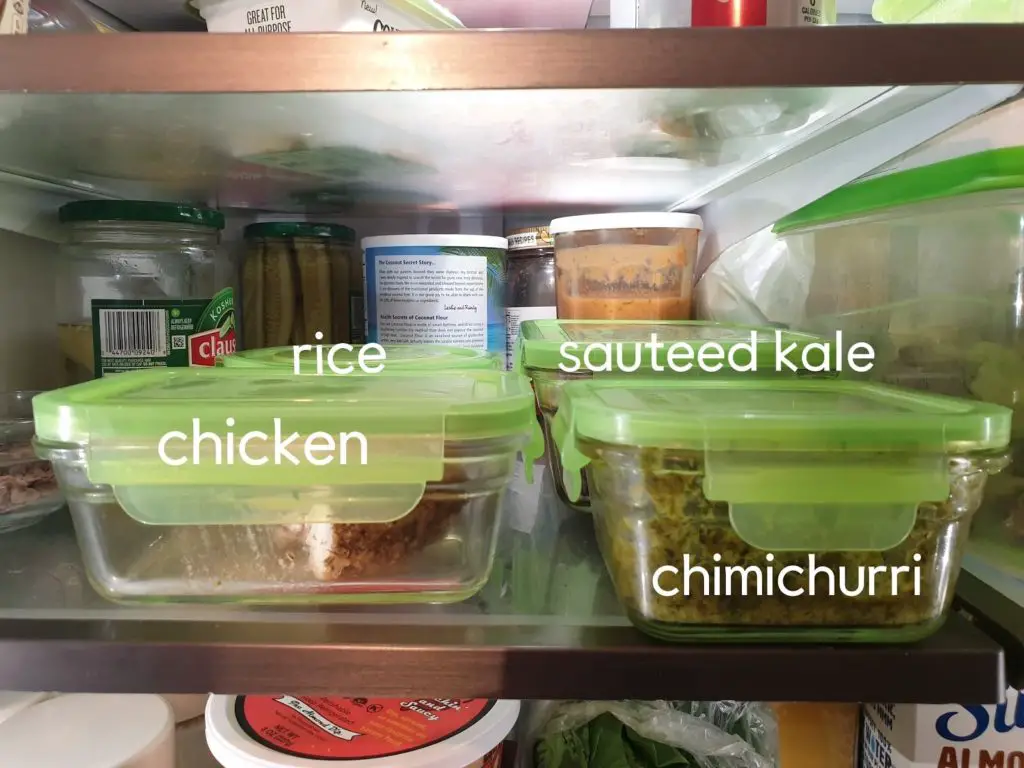
By storing your food in glass containers, you can easily see everything you have to work with and make sure that you’re using it all up before it goes bad. You’ll be more likely to go for the veggies if they’re already prepared and ready to munch on, which brings us to:
-
Designate a container for fresh vegetables.
This is a LIFE-CHANGER. On Sunday afternoon, you chop up all your fresh veggies, throw them into the container(s), and then pop them back into the fridge to be easily consumed throughout the week. Many busy moms swear by this to get their little ones munching on veggies, but it shouldn’t be limited to just those with kids. This is an excellent way always to have salad fixings ready to go, or just some veggies to snack on with some hummus.
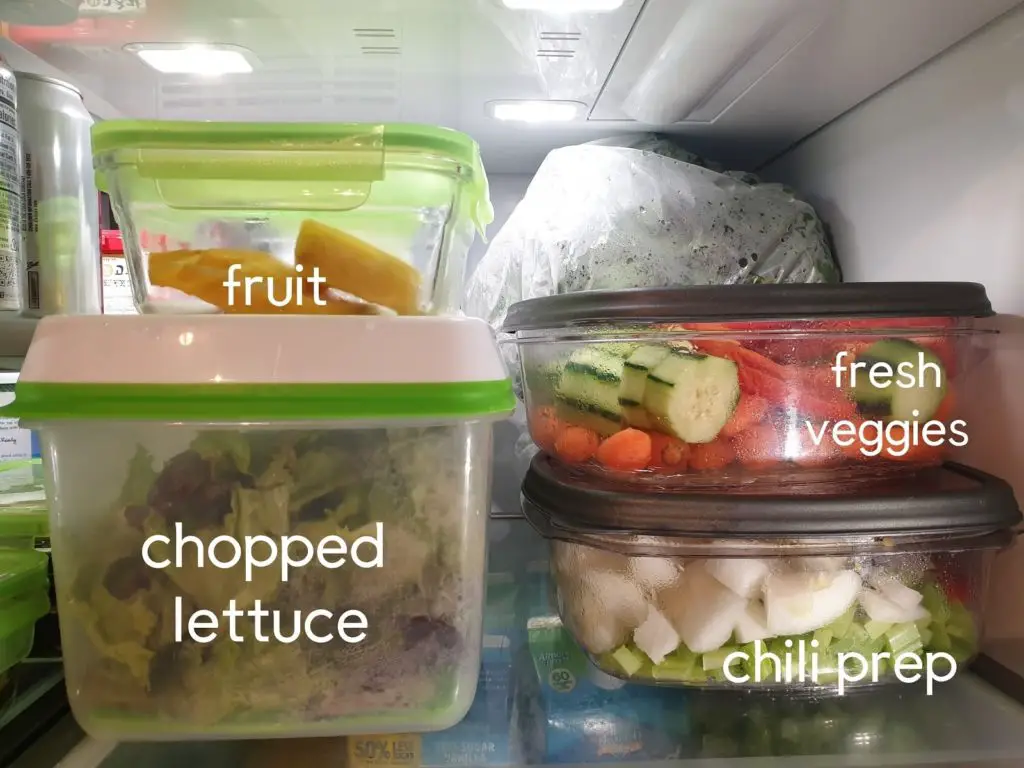
This is also an excellent strategy if you plan to make soup, chili, stir fry, or another vegetable-heavy dish. By chopping up and preparing all of the ingredients on a day when you have time, this makes it a lot easier to just throw it all in the Insta-Pot or pan when you get home from a busy day and want a fresh, warm meal.
-
If you feel even a glimmer of doubt, put it back.
We all have that little voice in our heads that eggs us on when we’re considering satisfying our cravings. “I already ate dinner, but I’ll only have a few chips…” “Chocolate is on sale! I’ll only buy it this one time…” All you have to say to this little voice is, “No.” Sure, you can argue that it’s not that easy: sometimes, you just need some sugar or MSG to brighten your mood after a rough day. But the truth is, you don’t. You can fight those feelings or transition from them by snacking on veggies or nuts instead. If there’s no junk on your shelves at home, then unhealthy snacking will become less accessible, and you can break the habit.
-
Don’t snack from the bag – use a bowl.
We’ve all been there… You’re watching your favorite TV show, munching away, and suddenly there are only crumbs left, and your belly feels like a beach ball. As you’re working towards just saying “no” to your impulsive voice, an effective strategy to fight snacking is portion control. By only serving yourself a small amount in a bowl, you can prevent yourself from mindlessly working your way through a whole bag of chips or sweets. This makes your “naughty snacks” last longer, keeps you from overeating, and gives you more self-control because the larger supply (bag, box, etc.) is out of sight.
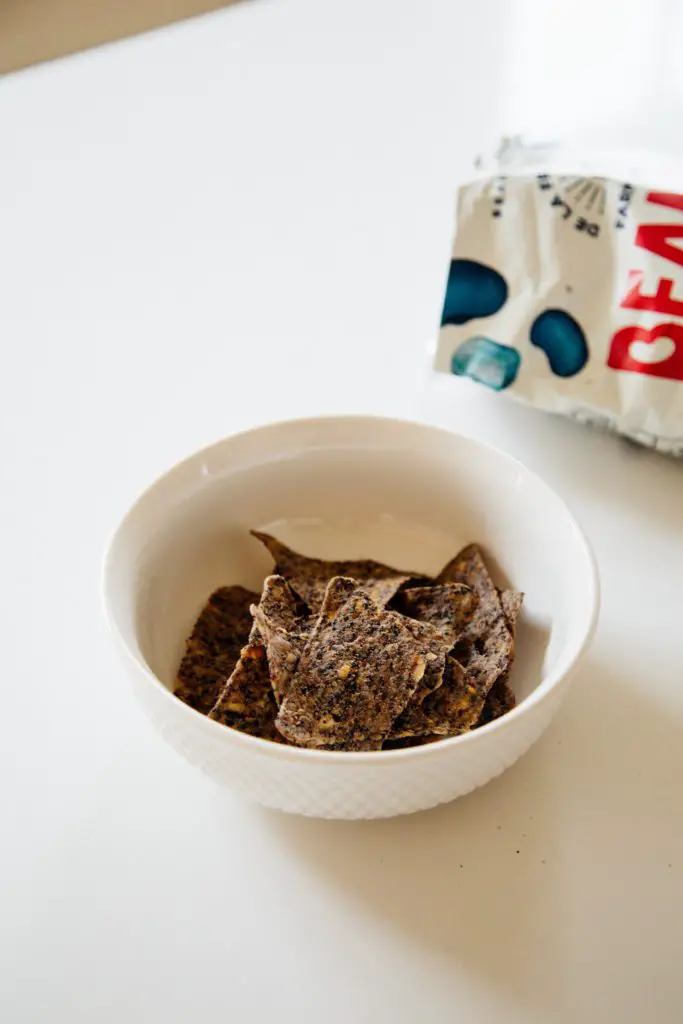
-
Set a cut-off time for dinner and evening snacks.
It feels good to check off a goal. Set yourself a food cut-off time in the evening: no more food after eight. Your body doesn’t need all those extra nutrients before bed, so why are you still eating? We call this “boredom snacking” or “pleasure snacking.” By giving yourself a time limit for eating, you will allow your body enough time to feel full after dinner and eliminate any unnecessary snacking. It feels great to see all of the checkmarks on your calendar when you finish off a month without late-night snacks, and it feels even better to lie down in bed without your overstuffed belly dragging you down.
Hopefully, these little tips will help you to work towards your healthy eating goals and make your kitchen feel more organized and accessible. Don’t let the little voice in your head keep you from being the best that you can be another minute longer!

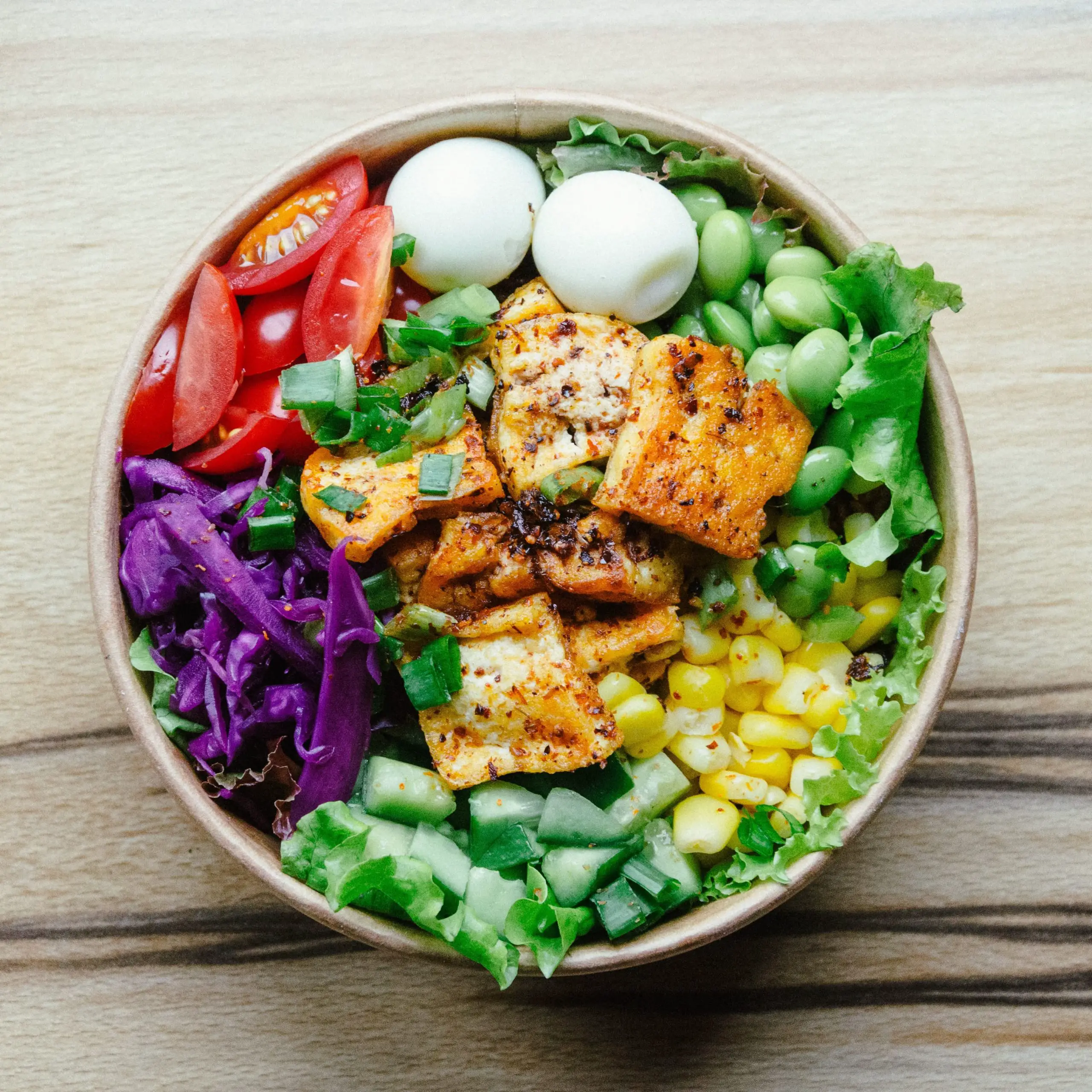
 How to Revitalize Your Living Room
How to Revitalize Your Living Room
Leave a Reply